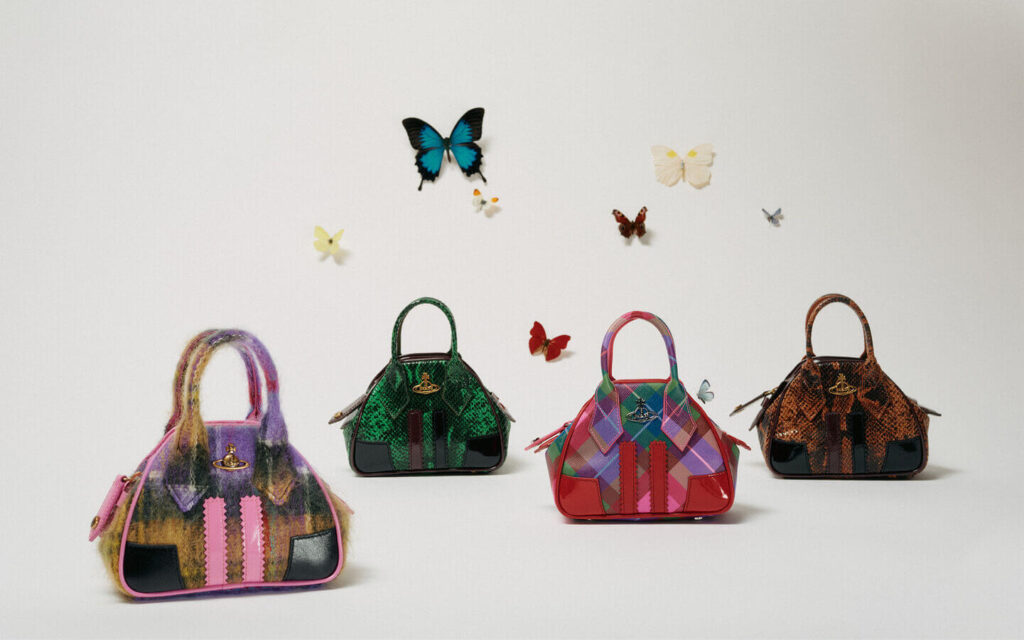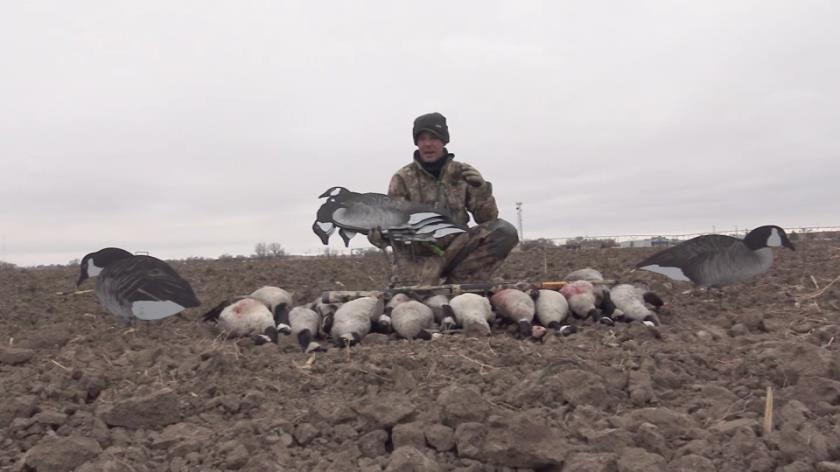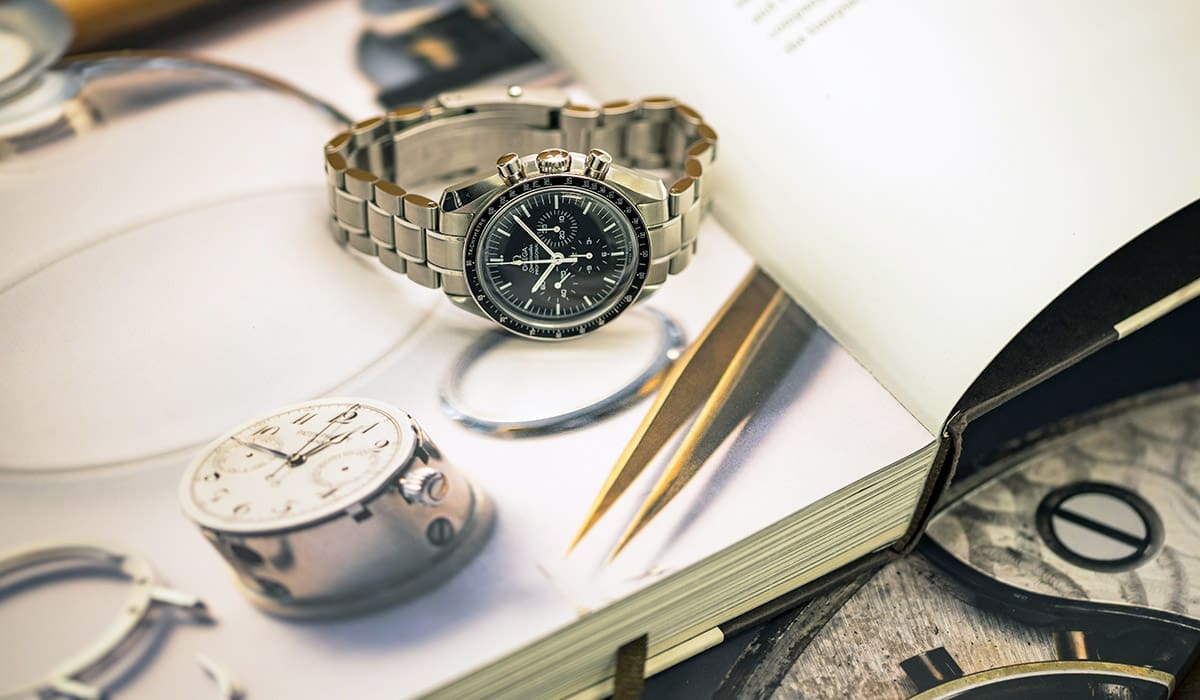I would not blame you for skipping women’s figure skating at the 2022 Olympics. After the short program, a 15-year-old skater known to have failed a doping test stands in first place. Personally, I felt certain there was no way Kamila Valieva would be allowed to compete in the women’s event. After all, Valieva had tested positive for trimetadizine, a banned substance, and a positive test is a positive test. Olympic bronze medalist Carolina Kostner was banned for 16 months in 2015, even though she didn’t fail a doping test, but because she allegedly helped her athlete boyfriend evade a test. American pairs skater Jessica Calalang was unable to compete for eight months after a positive test; her name was eventually cleared after it was discovered that the banned substance (4-CPA) came from cosmetics she had used. The sport that I knew took doping seriously and acted swiftly to pull skaters from competitions, even if that could mean mistakenly ruining someone’s entire season. And so I was utterly flabbergasted when the Court of Arbitration for Sport announced that Valieva would be allowed to compete. They cited her young age, the unusual delays in her testing results, and her clean doping tests from Beijing in their decision, stating that preventing Valieva from competing would cause her “irreparable harm.” But no matter what the CAS claims, the irreparable harm has already occurred. Valieva’s Olympics will always be marked with an asterisk.
It strains credulity to imagine this all might be a misunderstanding. When I was a teenager competing in the sport, I knew which of my asthma inhalers were on the banned substance list. At one U.S. Nationals, I remember the locker rooms were stocked with free sports drinks from an event sponsor, only to then be hastily removed when there was suspicion that they could contain a banned substance. Elite athletes are very vigilant about the risk of putting things into their bodies that could derail an entire career. One must acknowledge that the skater at the center of this is only 15 years old and should be treated accordingly. This situation is not her fault; whether she believed what she was taking was legal or was pressured into taking a banned substance, it is the fault of the coaches and team doctors surrounding her. If Valieva’s team knowingly gave her a banned heart drug to increase her endurance, it is, quite simply, child abuse.
Refusing to watch the women’s event is understandable. I am still watching, to support the years of dedication from the clean athletes, who have finally reached the sport’s highest stage and are excited to show the world their athleticism and grace. I wish they did not have to share the ice with an athlete who has tested positive for a banned substance. But I hope that at least some credibility can be restored to the sport if these skaters go out on the ice and demonstrate what amazing feats can be achieved by clean athletes. Let’s take a look at how those athletes performed in the women’s short program.
America underperforms
America used to be a powerhouse in women’s figure skating, winning a medal in every Olympics from 1968 to 2006. It has been a drought since then, with American women failing to reach the podium at the three following Olympics. After the short program in Beijing, it is all but certain that the three American women competing will miss the podium again; they currently sit in eighth, 11th, and 13th place.
The first American to skate was Mariah Bell, the oldest U.S. national champion in 95 years and the oldest U.S. women’s figure skater at the Olympics since 1928. She is all of 25 years old, if you want a picture of how absurdly young this sport is skewed. Skating to “River Flows in You” by Yiruma, Mariah’s Olympic dreams came crashing down on her very first jumping pass, falling on a triple-flip triple-toe combination. But Bell pulled herself together after that stumble and completed a triple lutz and a double axel in a beautiful short program that emanated joy. You could tell she was thrilled to finally be on Olympic ice, even if a medal was out of reach.
The next American to skate was Alysa Liu, a 16-year-old who gained prominence upon winning the U.S. women’s title at age 13. She was the first American woman to land a quadruple jump in competition and was seen as our best medal hope this Olympic cycle, but she has since struggled with her most difficult jumps. In the short program, she left out her triple axel and completed a double instead, deciding to skate clean rather than risk a fall. I hate this phrase, but she seemed to be “just having fun out there.” Skating for the first time in the Olympics can make one hesitant, but you could really feel the attack from Liu. It was a thrilling debut that she can hopefully build on, but her short program to “Don Quixote” was perhaps an exercise in tilting at windmills, as she was only able to land in eighth place against a stacked field.
Karen Chen is at her second Olympics after placing 11th in 2018. She is known more as an artist than as a technician and has struggled with consistency in her jumps. In the short program, she repeated the same mistake she made in the team event and fell badly on an underrotated triple loop. While I found her performance to “Requiem for a Dream” to be polished, balletic, and intense, it was nevertheless a disappointment. As she hit her final pose, Chen looked visibly upset with herself. She currently sits in 13th place.
The “Russian Olympic Committee” dominates
Until 2014, Russia had never won the gold medal in women’s figure skating. In 2022, they are favorites for not just the gold medal, but for all three spots on the podium. Russian athletes are competing under the ROC banner due to Russia being “suspended” for state-sponsored doping in 2014, a limp punishment akin to “grounding” your child but still letting them go out with their friends if they wear a different shirt. The country’s skaters are head and shoulders above the rest of the competition athletically. Some saw the Russian National Championships as a more difficult competition than the Olympics, because of how deep their bench is of talented young women who can execute quadruple jumps and triple axels. In this short program, all three Russian women laid down programs good enough to place them in medal contention.
The first Russian to skate was the teen caught up in the doping scandal, Kamila Valieva. It is hard to know where to begin commenting on this skate. Tara Lipinski and Johnny Weir barely offered any commentary at all on the NBC broadcast. Lipinski stated that we should not be witnessing this skate at all. Weir apologized to the other skaters that their Olympic moment was being overshadowed by this controversy. When I saw Valieva perform this short program last week in the team event, I thought it was one of the most amazing skates I’d ever seen at the Olympics. She landed a gorgeous triple axel with both arms over her head. She skated like a true artist, becoming one with the music, oozing elegance from her fingertips. In the short program Tuesday, Valieva was a step below that previous perfection. Perhaps the pressure of being the focus of a doping scandal making international news got to this 15-year-old girl?
Skating to “In Memoriam” by Kirill Richter, Valieva had a wild takeoff on her opening triple axel, stepping out on the landing but rotating it enough for credit. She went on to complete a triple flip and a triple-lutz-triple-toe combination cleanly. I hesitate to speak positively of a skater who may have been cheating, but all I can comment on is what I saw. She had incredible poise and extension. Every step of her choreography worked in concert with the music. And despite her youth, she gave off an air of regal maturity. It was mesmerizing. And yet: It was a beautiful thing that should never exist, a blood diamond of a performance. The judges did not seem to penalize Valieva for any of the events happening off the ice; she currently sits in first place, but less than 2 points above her closest competitor.
Seventeen-year-old Alexandra Trusova was the next Russian to skate. Unlike Valieva, who seamlessly blends athleticism and artistry, Trusova is the type of skater I call a “jumping bean.” She is known for starting the quad revolution in women’s skating, landing quadruple jumps when she was still competing at the junior level. She is the first woman to land the quad lutz, quad flip, and quad toe loop. Women are still not allowed to do quads in the short program, but they are allowed to do the triple axel, a jump Trusova has never landed in competition. In this short program, Trusova kept that streak going by falling on her attempt. She completed a triple flip and a triple-lutz-triple-toe combination afterward, the latter jump having a difficult entry that made me say “damn, that’s hard!” out loud. She has lovely technique but is missing that actress-like quality it takes to elevate her skating to the next level. Skating to selections from “Frida,” music that did not suit the young Russian, it felt at times like an imitation of a performance, like a Spirit Halloween costume that’s labeled “seductive tango female.” She is in fourth place after the short program, but is expected to make up major ground in the long program, where she has five quads planned. For context, that is the same number of quads that men’s champion Nathan Chen executed in his free skate.
The final Russian to skate in the short program was the eldest of the group: a slightly older 17-year-old named Anna Shcherbakova. The reigning World Champion, Shcherbakova skated a clean short program that included a double axel, a triple flip, and a triple lutz-triple toe combination. As skeptical as I am of the training methods behind these Russian performances, I couldn’t help but sit wide-eyed at the performance Shcherbakova turned out. It gave of a powerful, witchy energy that reminded me of when Natalie Portman’s eyes go red in Black Swan. There was a clarity and crispness to her movements that made the whole program feel under her command. She had struggled greatly in practice this week due to problems with her boots, so this commanding result was an exercise in pure determination. Shcherbakova is in second place.
Japan threatens to stop the sweep
While Russian women are currently in first, second, and fourth place after the short program, there are two 21-year-old Japanese women who have a credible shot of stopping the ROC teens from sweeping the medals. The first of these women is Wakaba Higuchi, who skated to a cover of Elton John’s “Your Song,” by Ellie Goulding. She landed a clean triple axel, making her the fifth woman to land one at the Olympics. Higuchi also landed her two other jumping passes, but lost some crucial points on a combination that was marked underrotated. I should have been most wowed by the triple axel, but the thing I will remember most about Higuchi’s performance was the elegant simplicity of her movements, a refreshing change in a sport often filled with unnecessary arm-flailing. I was spellbound. I would have placed her in the top three, but the judges only scored her in fifth place, unfairly leaving her with lower program components scores than several more forgettable skaters.
The last skater of the night was Kaori Sakamoto, competing at her second Olympics after placing sixth in 2018. Her short program benefited from being quite different from the other ladies in the final group. Instead of choosing music that would make her seem like a delicate flower, Sakamoto skated to Hans Zimmer’s Gladiator score. She didn’t attempt a triple axel, but she hit her three jumping passes cleanly and with excellent speed, earning her a lot of extra points for grade of execution. It was a performance that was passionately fierce; her step sequence had me transfixed by how well it fit the music. Sakamoto turned in one of the most exciting programs of the night, showing herself off as a skater at the exact midpoint between athlete and artist. Her score wound up high enough to land her in third place, above one of the Russian skaters. That incredible score was so overwhelming that she immediately started crying. I’ll admit I got a bit misty too, watching a skater rise to the occasion at the biggest competition of her life. That, to me, is the Olympic spirit, and what I hope we can take away from these Games.
Heading into the free skate, the Russians could very easily sweep, or the Japanese could sneak in for a medal or two. The IOC has announced that if Valieva places in the top three in the women’s event, which is all but certain, there will be no medal ceremony “out of fairness to all athletes.” No matter what happens now, the conclusion of women’s event is going to feel sad, hollow, and anticlimactic. I am furious at the coaches and doctors surrounding Kamila Valieva who have put their own ambitions above the health of a child under their care. I am furious with the Court of Arbitration for Sport for allowing Valieva to compete, even though this situation is not her fault. I am embarrassed for my sport today, and yet, despite my serious reservations, I will be watching the women’s free skate. The biggest lesson I learned from skating is that when you fall, you get up. In that spirit, I pray that figure skating will be able to recover from this stumble.





More Stories
5 Tips For Launching a Blog to Highlight a Brand
Promotions – a holiday gift for shopper and retailer
10 Makeup Items I Reach For Everyday & Would Never Be Without – The Anna Edit